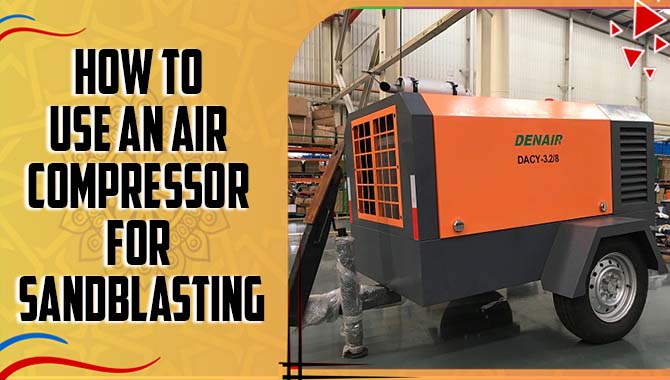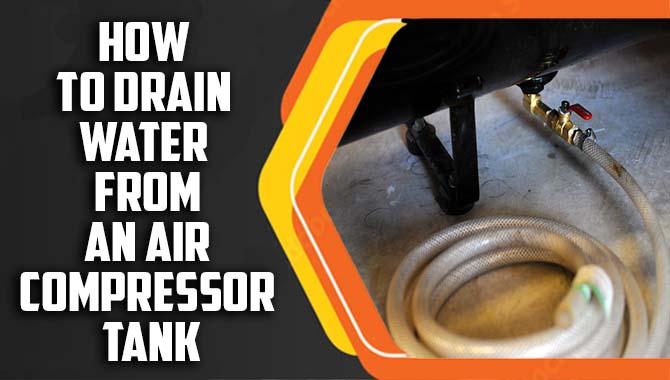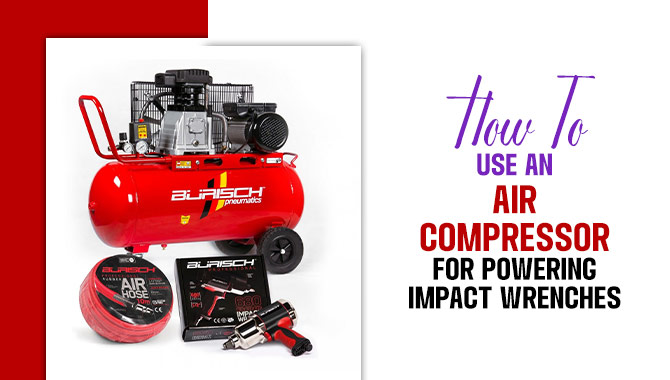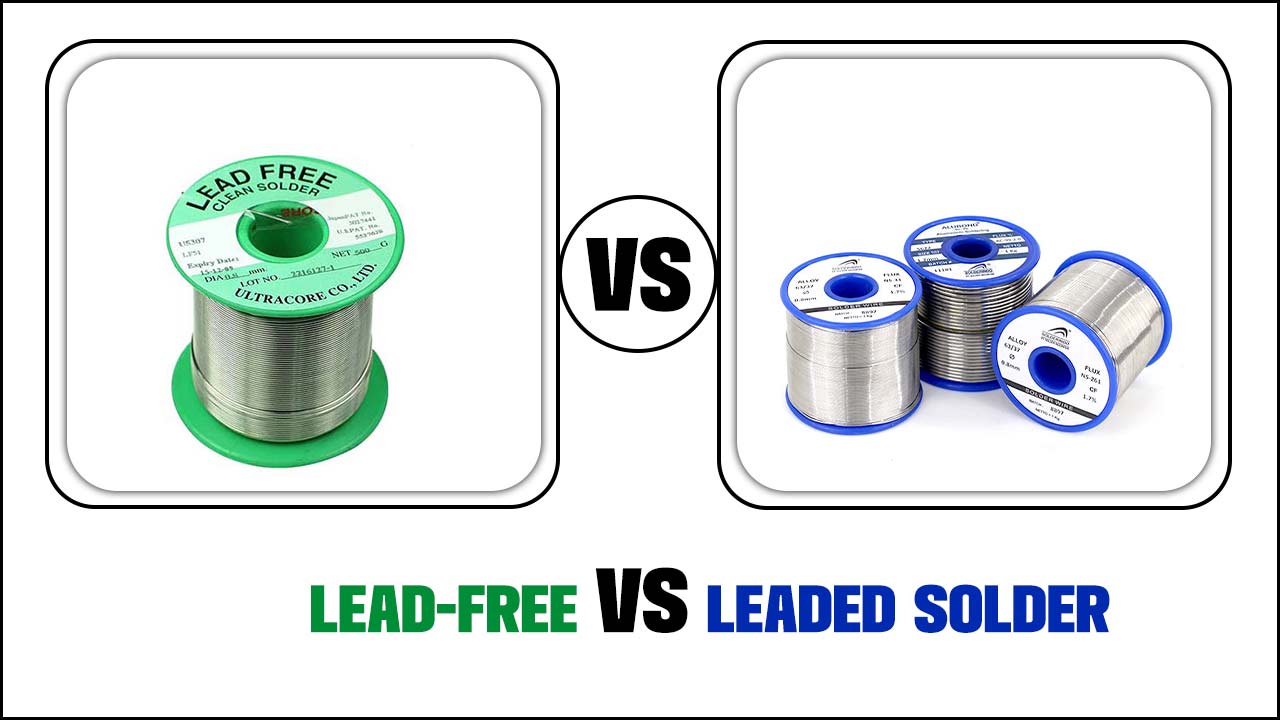Air compressors are vital for many industrial and DIY projects, but did you know they can also use for sandblasting? Sandblasting is a powerful method of cleaning and removing unwanted material from surfaces using pressurized air and abrasive media.
However, sandblasting can be daunting for those who have never tried it. This is where our article comes in – we will guide you through the entire process of using an air How to use an air compressor for sandblasting, from start to finish. We will cover everything about sandblasting with an air compressor.
- we will explain the necessary equipment, such as the air compressor, sandblasting gun, and abrasive media. We will also provide tips on selecting the right equipment for your project.
- we will discuss the safety precautions you should take when sandblasting and how to handle the equipment properly.
How To Use An Air Compressor For Sandblasting – Comprehensive Guide
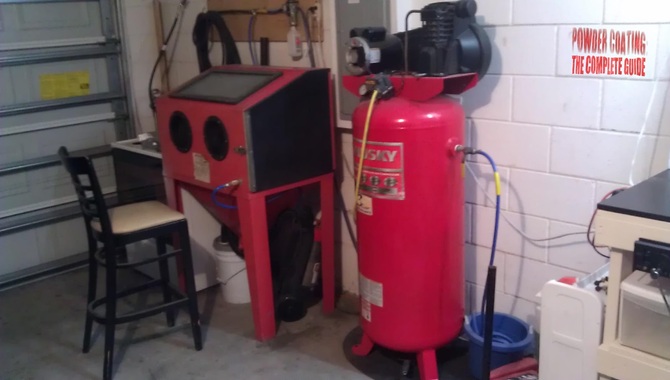
An air compressor for sandblasting can effectively remove rust, paint, or other surface contaminants. However, it’s important to follow safety guidelines and best practices. Here’s a comprehensive guide on how to use an air compressor for sandblasting, along with what not to do:
- Safety precautions:
- Wear protective clothing, including goggles, gloves, a dust mask, and appropriate clothing to cover exposed skin.
- Work in a well-ventilated area or use proper respiratory protection to avoid inhaling dust or abrasive particles.
- Ensure the sandblasting area is clear of bystanders or objects that the abrasive stream may damage.
- Read and understand the manufacturer’s instructions for the air compressor and sandblasting equipment.
- Equipment setup:
- Connect the air compressor to the sandblasting unit using a suitable hose and fittings.
- Adjust the pressure regulator on the compressor to the recommended pressure for sandblasting, typically between 60-100 PSI (pounds per square inch).
- Attach the appropriate nozzle to the sandblasting gun, ensuring a secure connection.
- Fill the sandblasting unit with the appropriate abrasive material, such as silica sand or aluminium oxide, following the manufacturer’s guidelines.
- Operating the sandblasting equipment:
- Hold the sandblasting gun firmly and direct the nozzle toward the surface you want to clean or prepare.
- Begin by activating the air compressor, allowing the pressure to build up.
- Squeeze the sandblasting gun’s trigger to release the abrasive material and compressed air.
- Move the gun backwards, maintaining a consistent distance from the surface. The optimal distance is usually around 8-12 inches but refer to the manufacturer’s recommendations.
- Continuously monitor the progress and adjust the pressure or distance for optimal results.
- Work in sections, overlapping each pass to ensure even coverage.
Safety Precautions For Sandblasting

Sandblasting effectively cleans and prepares various surfaces, but it can be dangerous if safety precautions are not taken. The first step to ensure safety is to wear appropriate personal protective equipment, including a respirator, gloves, and eye protection.
It is also essential to ensure that the sandblasting equipment is properly maintained and inspected regularly to avoid mechanical failure. The work area should adequately ventilate to prevent the buildup of dust and debris. Sandblasting should conduct in a designated area isolated from other workers and the public. Warning signs and barriers should place around the work area to prevent unauthorized access.
In addition, it is essential to properly dispose of the abrasive material and any hazardous waste generated during the sandblasting process. Workers should receive adequate training on the safe use of sandblasting equipment and be familiar with emergency procedures.
Setting Up The Air Compressor And Sandblasting Equipment

Setting up the air compressor and sandblasting equipment can be daunting, but it can do in a breeze with the proper knowledge and tools. First, choosing the right location for the air compressor and sandblasting equipment is crucial.
It should be a well-ventilated area to prevent overheating and ensure that dust and debris do not accumulate. Once the location is determined, the air compressor should place on a stable surface and connected to a power source.
Next, the sandblasting equipment should be carefully assembled and connected to the air compressor. This includes attaching the blasting gun, hose, and nozzle. It is also essential to ensure that all connections are secure to prevent air leaks during operation.
Once everything is set up, testing the equipment before using it on a project is necessary. This includes checking the air pressure, adjusting the flow rate, and testing the sandblasting gun on a small surface.
Starting The Sandblasting Process
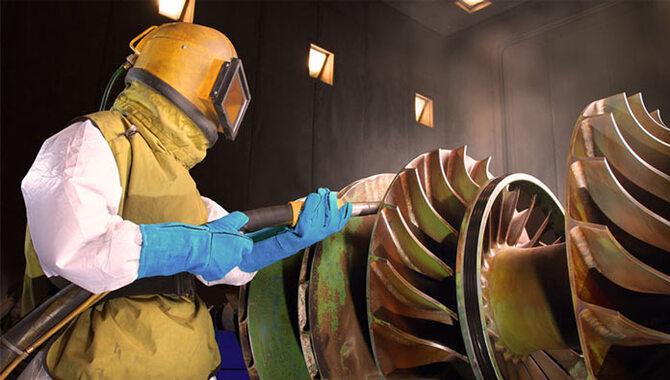
Starting the sandblasting process can be a daunting task for those who are new to the industry. First, ensuring all safety measures before beginning work is essential. This includes wearing the appropriate personal protective equipment, such as goggles, gloves, and respirators.
Once you have confirmed that all safety measures are in place, the next step is to prepare the surface that will sandblast. This means removing loose debris or materials from the surface and ensuring they are clean and dry.
Once the surface is prepped correctly, it is time to load the sandblasting equipment with the appropriate abrasive material. Depending on the blasted surface, this could be anything from sand to glass beads. The operator must then carefully aim the blasting nozzle at the surface.
Ensuring that the pressure and distance are appropriate for the job. Maintaining a consistent length and angle throughout the process is essential to avoid uneven results.
Adjusting The Air Pressure And Sand Flow
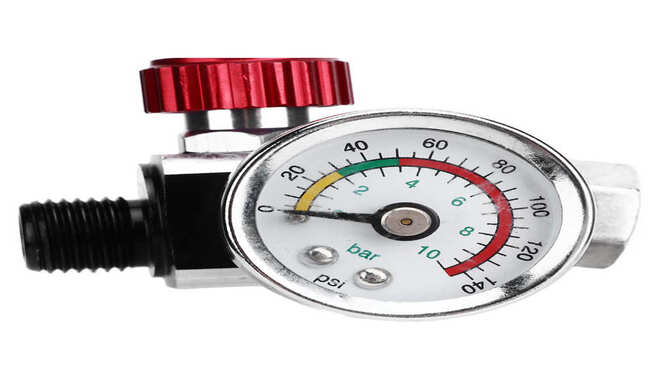
When operating a sandblasting machine, it is essential to adjust the air pressure and sand flow to achieve the desired result. The air pressure controls the velocity at which the sand particles are propelled out of the nozzle, while the sand flow rate determines how much abrasive material is used per minute.
Adjusting these variables can also affect the size and shape of the pattern created on the blasted surface. For example, increasing the air pressure and decreasing the sand flow rate will produce smaller.
More robust designs while reducing the air pressure and increasing the sand flow rate will create more significant spread-out patterns. Finding the right balance between these variables is essential to achieve the desired effect while minimizing the amount of sand used.
Additionally, adjusting the air pressure and sand flow can also affect the amount of dust and debris that is kicked up during the sandblasting process, so it is essential to use proper safety equipment such as a respirator and goggles.
Conclusion
How to use an air compressor for sandblasting is a practical and effective method for removing rust and paint. And other unwanted materials from surfaces. Proper preparation, including selecting the appropriate compressor and abrasive material, is essential before beginning the process.
Wearing protective gear and maintaining the surrounding environment is vital during sandblasting to ensure safety. After completing the sandblasting process, proper equipment clean-up and maintenance will help prolong its lifespan.
With the appropriate knowledge and skills, individuals can successfully use an air compressor for sandblasting. They are saving time and money while achieving desired results.
FAQs:
1.What Type Of Air Compressor Is Best For Sandblasting, And What Specifications Should I Look For When Choosing One?
Ans: The best air compressor for sandblasting is high-capacity. An industrial-grade compressor can deliver a minimum of 10-12 CFM at 90 PSI. Look for a compressor with a tank size of at least 20 gallons and a motor horsepower of at least 5 HP.
It’s also essential to ensure the compressor can handle the continuous. High-demand airflow is required for sandblasting without overheating or causing damage.
2.What Types Of Abrasive Media Can Use With An Air Compressor For Sandblasting, And How Do I Choose The Right One For My Project?
Ans: Several types of abrasive media can use for sandblasting with an air compressor, including sand, glass beads, aluminium oxide, garnet, and steel shot. The right choice of abrasive media depends on the type and thickness of the blasted surface: the desired finish, and the equipment used.
3.What Safety Precautions Should I Take When Using An Air Compressor For Sandblasting, And How Can I Minimize The Risk Of Injury Or Damage To My Equipment?
Ans: When using an air compressor for sandblasting, it is essential to take the following safety precautions:
- Wear protective gear such as gloves, goggles, and a respirator to prevent injury from debris and dust.
- Ensure that the air compressor is properly grounded to minimize the risk of electrical shock.
- Use only approved materials for sandblasting, and follow the manufacturer’s instructions.
4.What Type Of Air Compressor Is Best For Sandblasting, And What Specifications Should I Look For When Selecting One?
Ans: CFM (Cubic Feet per Minute) rating measures the air the compressor can deliver in a minute. Look for a compressor with a CFM rating that meets or exceeds the sandblasting nozzle’s CFM requirement.
5.What Types Of Abrasive Materials Can I Use With My Air Compressor And Sandblasting Equipment, And How Do I Choose The Right One For My Project?
Ans: Air compressors and sandblasting equipment can use various abrasive materials, including sand, aluminum oxide, glass beads, steel shot, and plastic media. The choice of abrasive material depends on the surface you are blasting—the amount of material you want to remove and the surface roughness you want to achieve.

